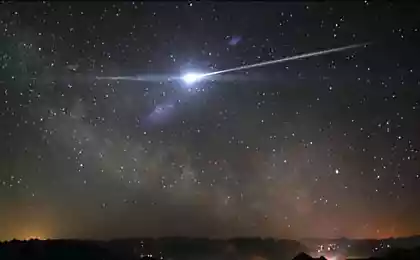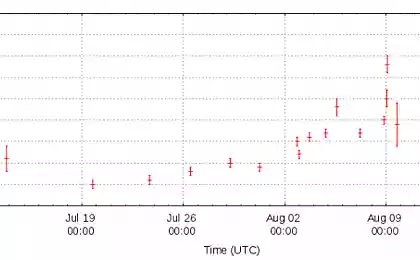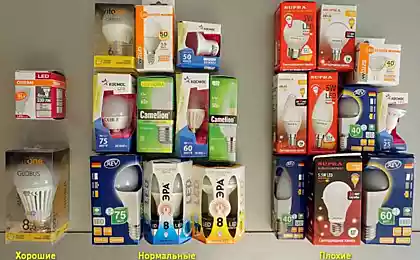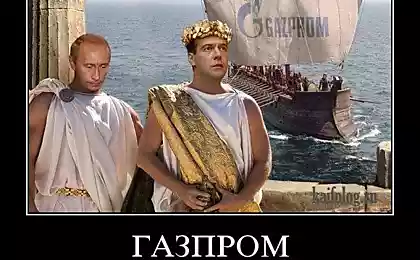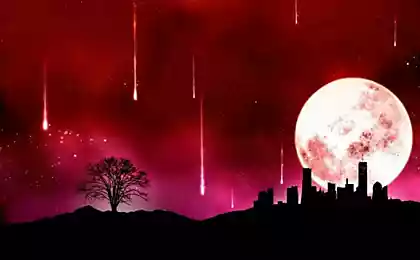703
Perseid meteor shower
Perseids - the meteor shower, which appears annually in August from the constellation Perseus. Formed as a result of the passage of the Earth through the trail of dust particles released comet Swift-Tuttle. The smallest particles, the size of a grain of sand, burn up in Earth's atmosphere, forming a star rain. At first, he "shed" with the greatest force, then gradually weakens. The stream is active from July 17 to August 24, with maximum generally falls on August 12th. Number meteor usually reaches 60 h.
15 ph © Reuters / Caters / Apex
1. Meteor rushes past stars in the night sky over Stonehenge. Like most meteor showers, the Perseids are formed remnants of the comet "tail."
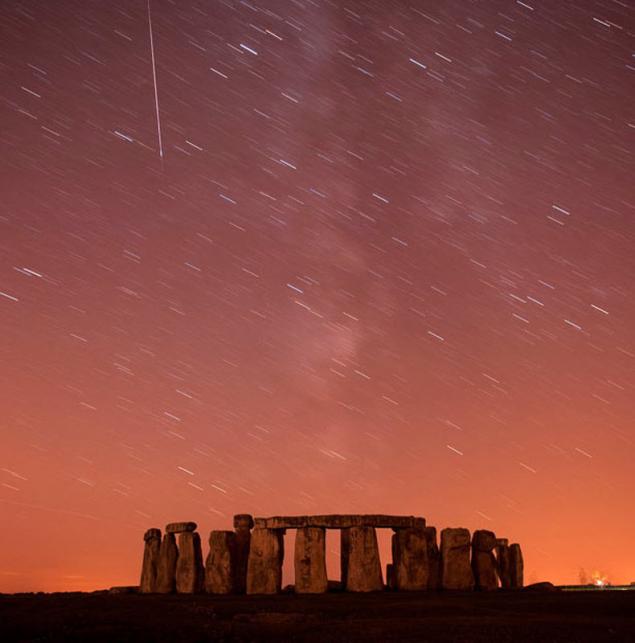
2. Meteor rain in the night sky over Glastonbury. Debris escaping from the nucleus of the comet entering the Earth's atmosphere, it burns, flashing like stars. This phenomenon can be seen from anywhere in the world, but in the northern hemisphere it brighter
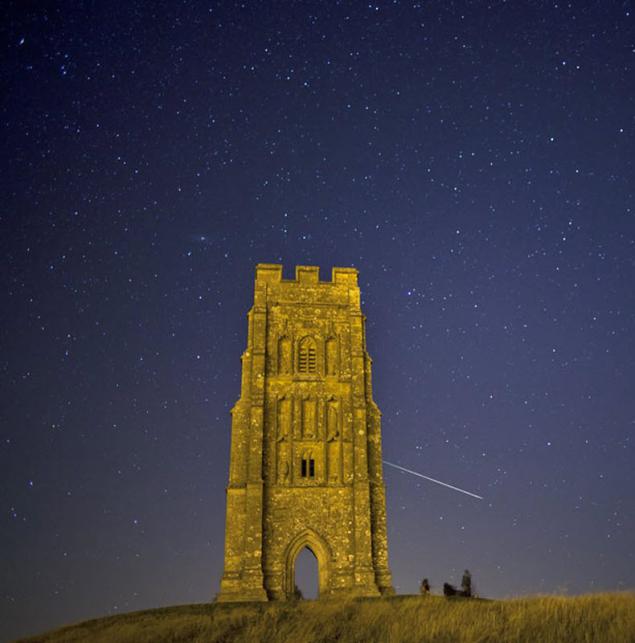
3. Perseid in the night sky over Somerset.
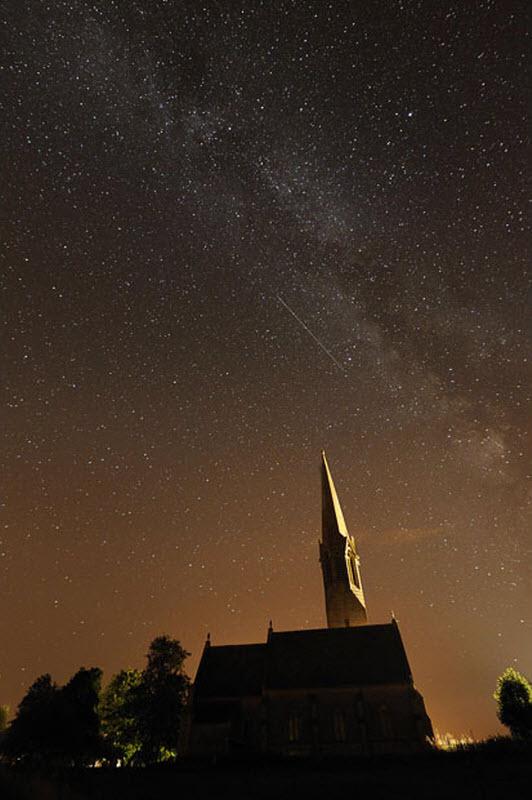
4. Photographer Mark Hampeydzh made more than 3,000 images of the sky in the hope of capturing the spectacle, but eventually got a picture of this stellar track. The picture was taken a few shots of the sky, which he did for 6, 5 hours. Despite the fact that he directed his camera at the sky from 10 pm to 4:30 am with a 15-second exposure, Mark managed to take only one meteor (top left), and it was not a Perseid. Mark ghostly figure can be seen on each of the four chairs in its garden.
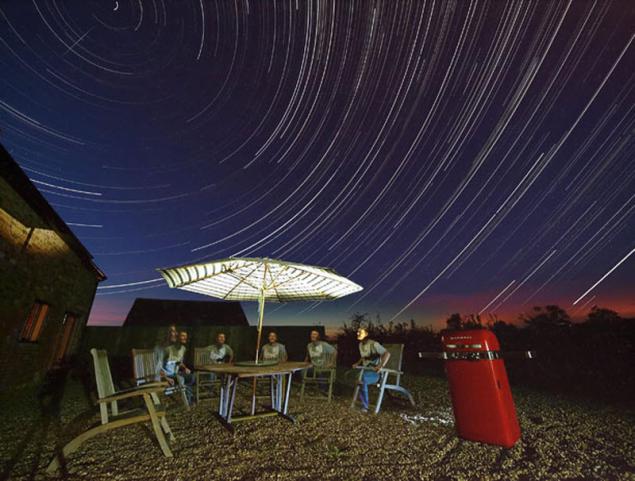
5. Photographer Andy Keane climbed the hill in Powys, Wales, to make this picture. "I climbed the hill in the time between 22:45 and 3:00, armed with only a camera and a flask of coffee. We had to wait for long. A few minutes before sunset and the dark night sky lit up with bright meteors, streaking past me, and faced with the Earth's atmosphere. For an hour I counted about 40. It was an amazing sight, and I will never forget. "
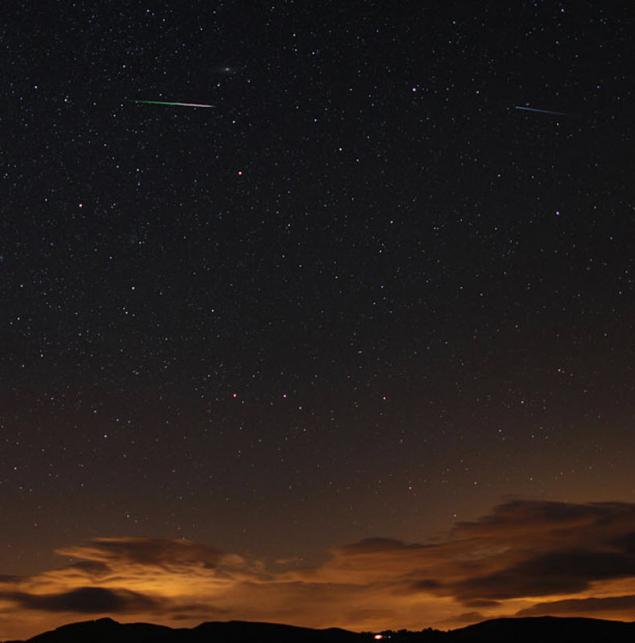
6. Meteor sweeps in the night sky over the hill in Liberg Grossmugle, 30 km north of Vienna.
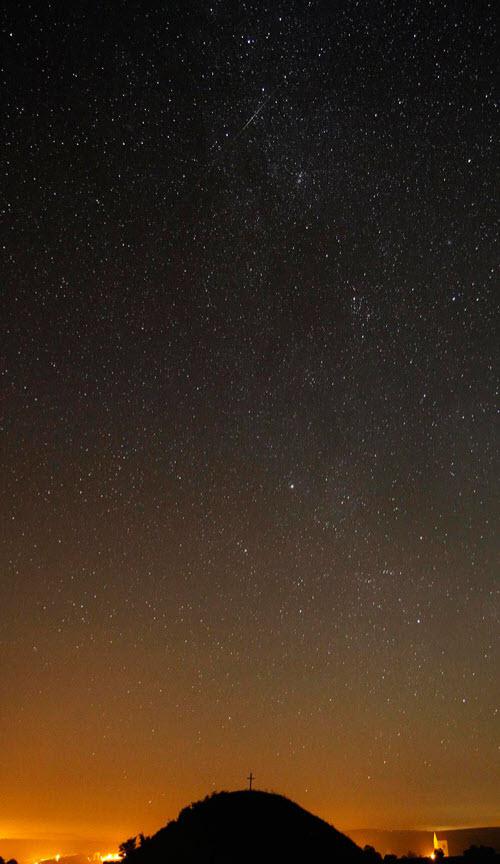
7. In Europe, the Perseids called the "Tears of St. Lawrence", as the festival of St. Lawrence, which takes place in Italy, the accounts for the period of the most active meteor shower - August 10th. In the photo: a meteor over the mountain uterus near Skopje, Macedonia
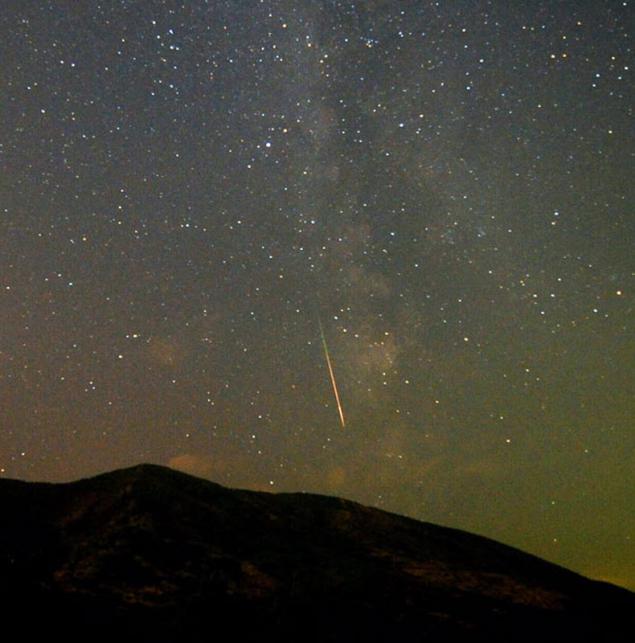
8. Meteor flies in the night sky above the reserve El Torquay in South Spanish town of Antequera, near Malaga
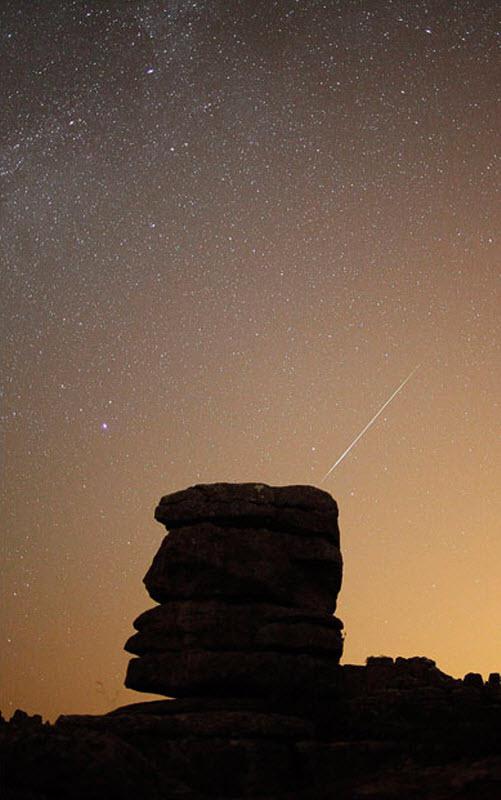
9. Meteor of Nanning, China
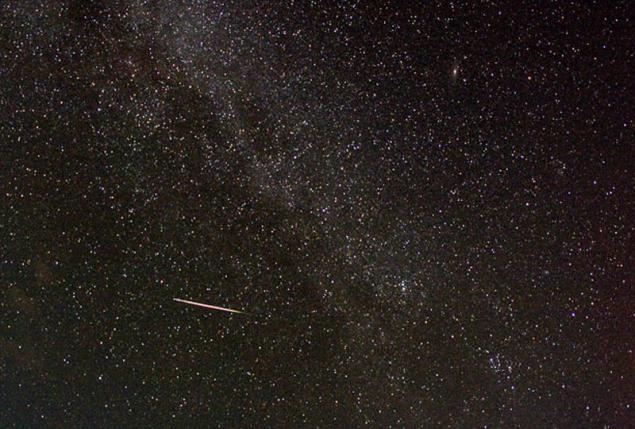
10. It is officially considered that the discoverer of the annual Perseid meteor shower is the Belgian Adolphe Quetelet, who reported it to show in August 1835. Photo: another photo of a meteor Nannigom.
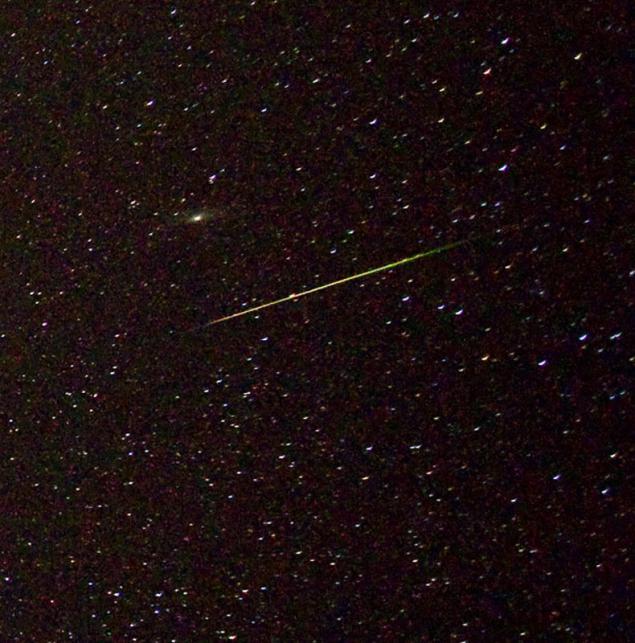
11. Meteor rain near Lochearnhead in Scotland
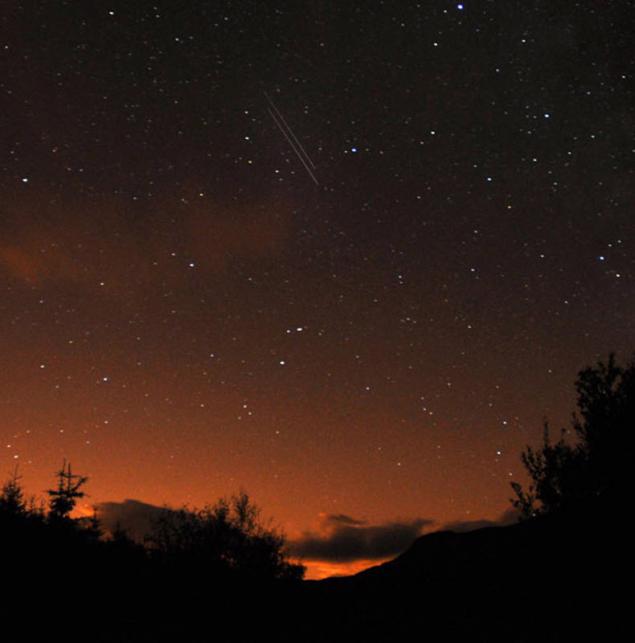
12. The first researcher who calculated the number of meteors per hour was Edward Hayes, who set a maximum rate of 160 units per hour. Observation Hayes and other researchers around the world continued almost annually thereafter. In the photo: a meteorite in the sky above Lennoxtown, near Glasgow.
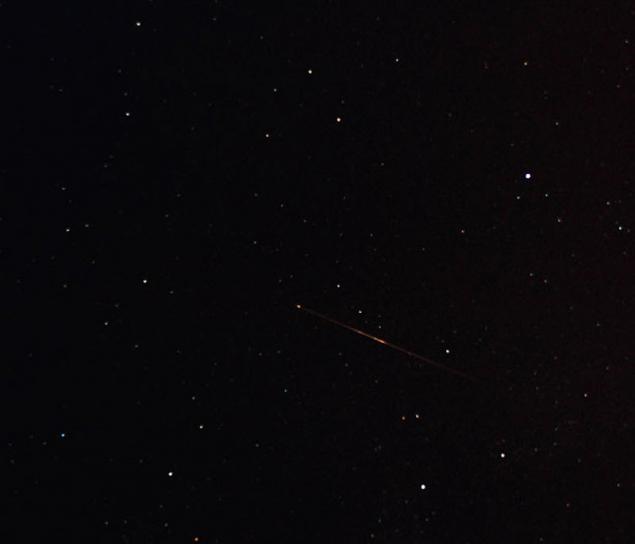
13. Jessica Roberts took this picture Perseid over the forest near Newport, Gwent.
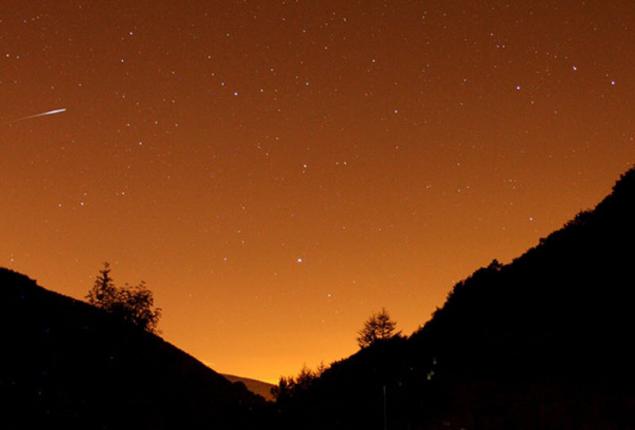
14. Fans of Star rain waiting for a meteor.
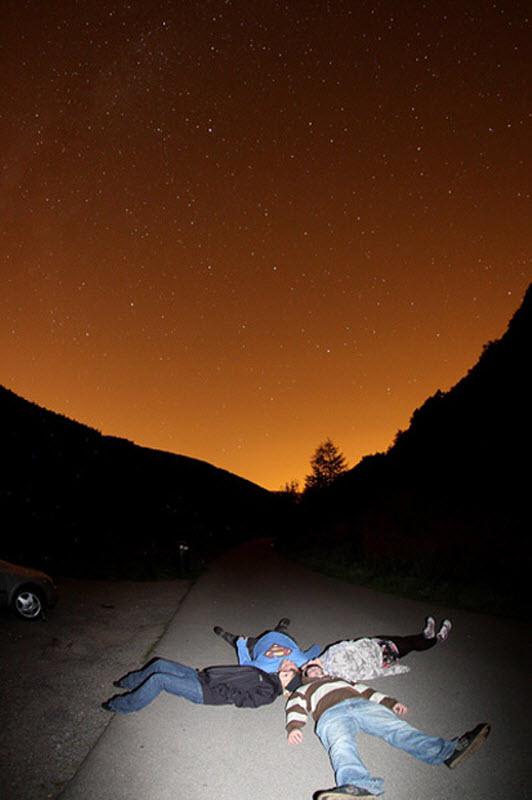
15. meteor in the sky over Reygetom, Surrey.

Source:
15 ph © Reuters / Caters / Apex
1. Meteor rushes past stars in the night sky over Stonehenge. Like most meteor showers, the Perseids are formed remnants of the comet "tail."

2. Meteor rain in the night sky over Glastonbury. Debris escaping from the nucleus of the comet entering the Earth's atmosphere, it burns, flashing like stars. This phenomenon can be seen from anywhere in the world, but in the northern hemisphere it brighter

3. Perseid in the night sky over Somerset.

4. Photographer Mark Hampeydzh made more than 3,000 images of the sky in the hope of capturing the spectacle, but eventually got a picture of this stellar track. The picture was taken a few shots of the sky, which he did for 6, 5 hours. Despite the fact that he directed his camera at the sky from 10 pm to 4:30 am with a 15-second exposure, Mark managed to take only one meteor (top left), and it was not a Perseid. Mark ghostly figure can be seen on each of the four chairs in its garden.

5. Photographer Andy Keane climbed the hill in Powys, Wales, to make this picture. "I climbed the hill in the time between 22:45 and 3:00, armed with only a camera and a flask of coffee. We had to wait for long. A few minutes before sunset and the dark night sky lit up with bright meteors, streaking past me, and faced with the Earth's atmosphere. For an hour I counted about 40. It was an amazing sight, and I will never forget. "

6. Meteor sweeps in the night sky over the hill in Liberg Grossmugle, 30 km north of Vienna.

7. In Europe, the Perseids called the "Tears of St. Lawrence", as the festival of St. Lawrence, which takes place in Italy, the accounts for the period of the most active meteor shower - August 10th. In the photo: a meteor over the mountain uterus near Skopje, Macedonia

8. Meteor flies in the night sky above the reserve El Torquay in South Spanish town of Antequera, near Malaga

9. Meteor of Nanning, China

10. It is officially considered that the discoverer of the annual Perseid meteor shower is the Belgian Adolphe Quetelet, who reported it to show in August 1835. Photo: another photo of a meteor Nannigom.

11. Meteor rain near Lochearnhead in Scotland

12. The first researcher who calculated the number of meteors per hour was Edward Hayes, who set a maximum rate of 160 units per hour. Observation Hayes and other researchers around the world continued almost annually thereafter. In the photo: a meteorite in the sky above Lennoxtown, near Glasgow.

13. Jessica Roberts took this picture Perseid over the forest near Newport, Gwent.

14. Fans of Star rain waiting for a meteor.

15. meteor in the sky over Reygetom, Surrey.

Source:
